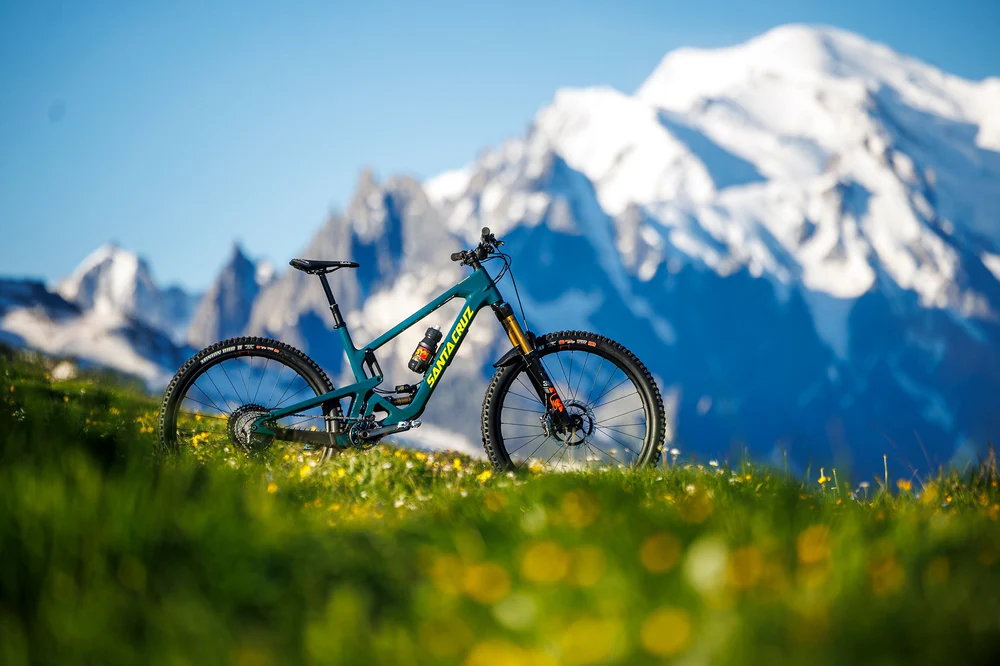
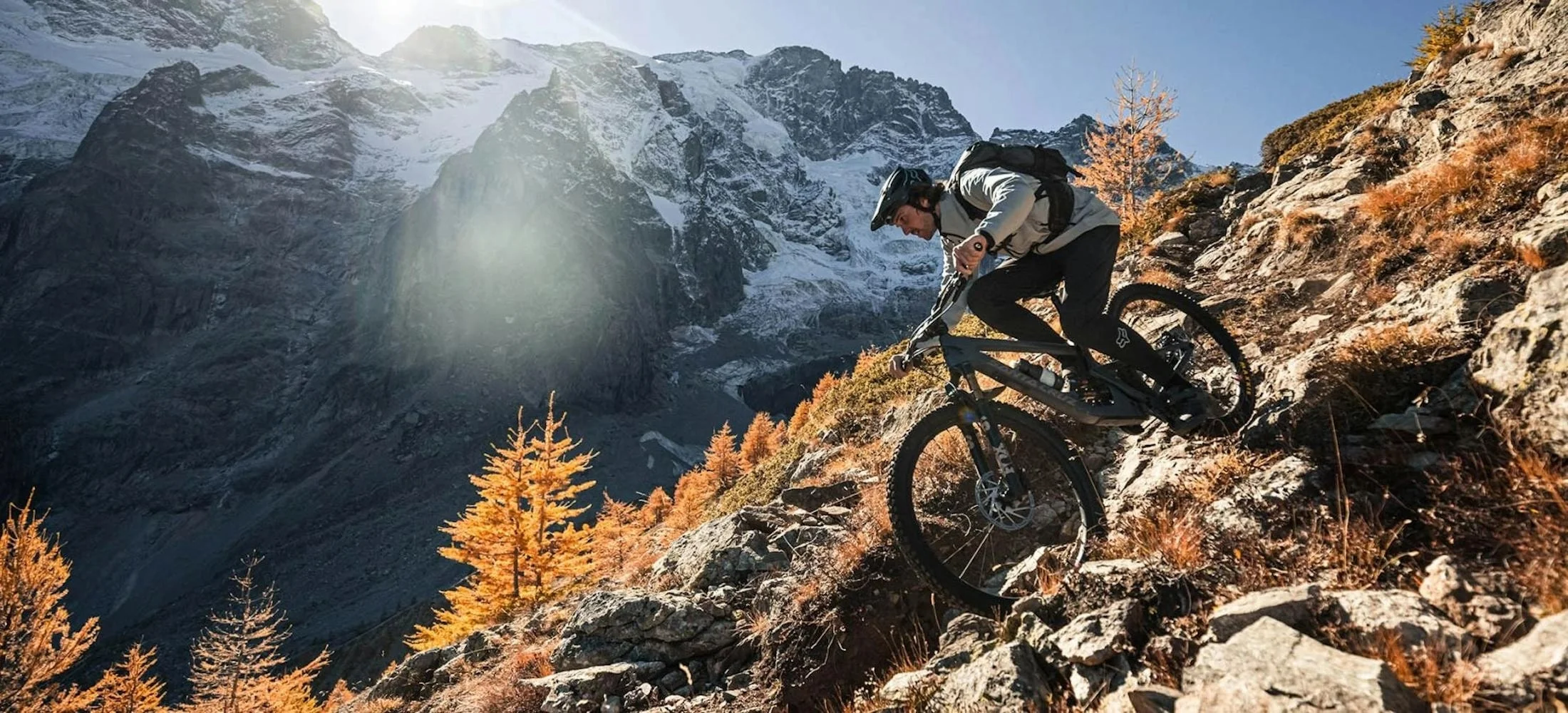
WHAT THE...
WHAT THE...
Deep dives on tech, event reports, and insights from the people within the building or on the trails.



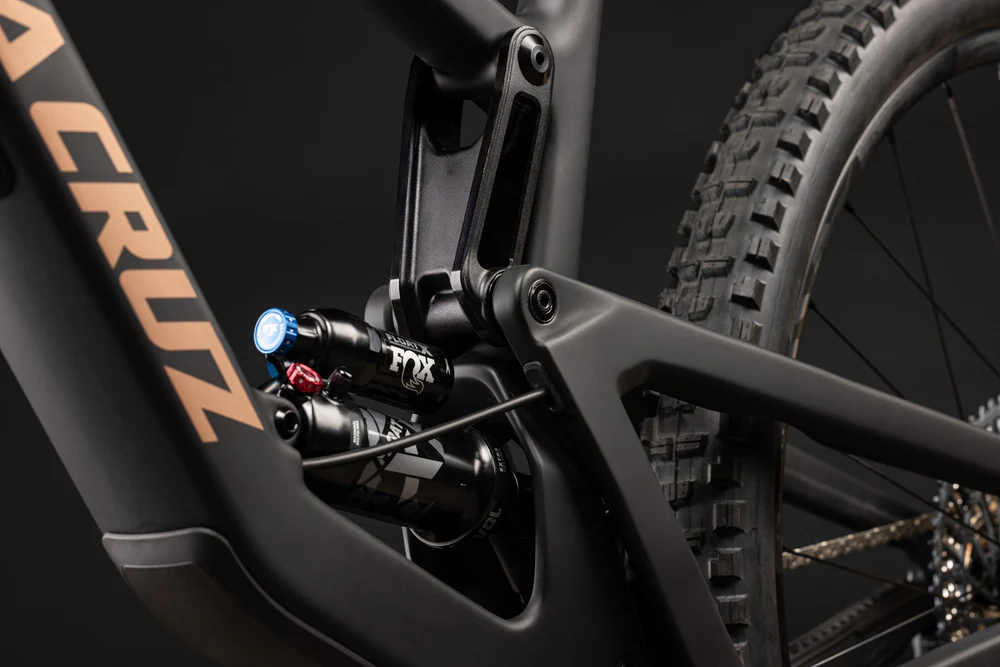
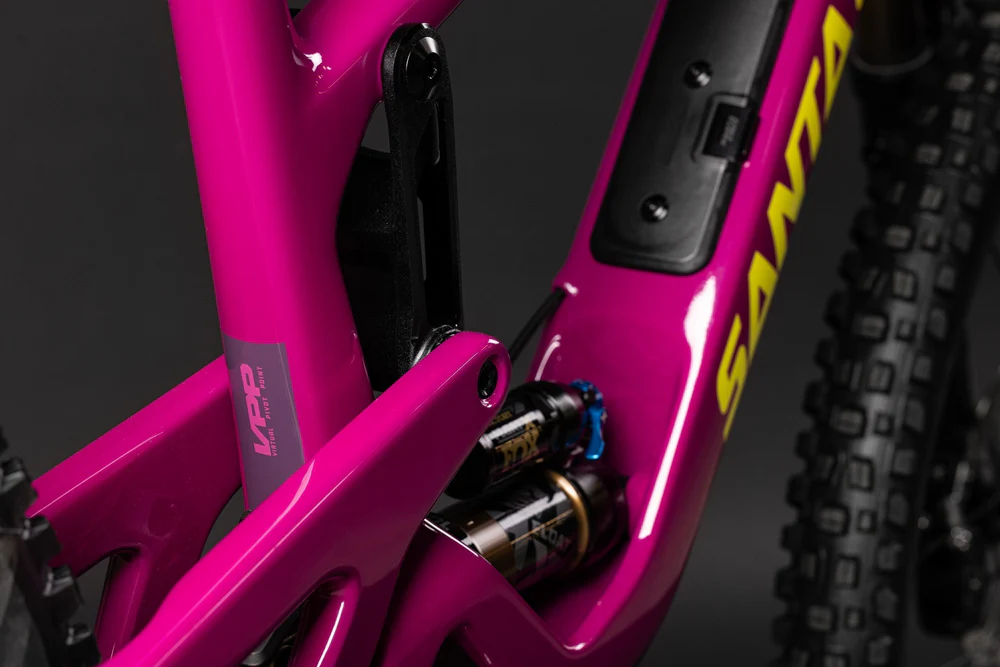




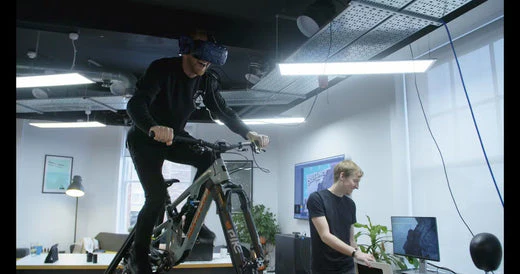

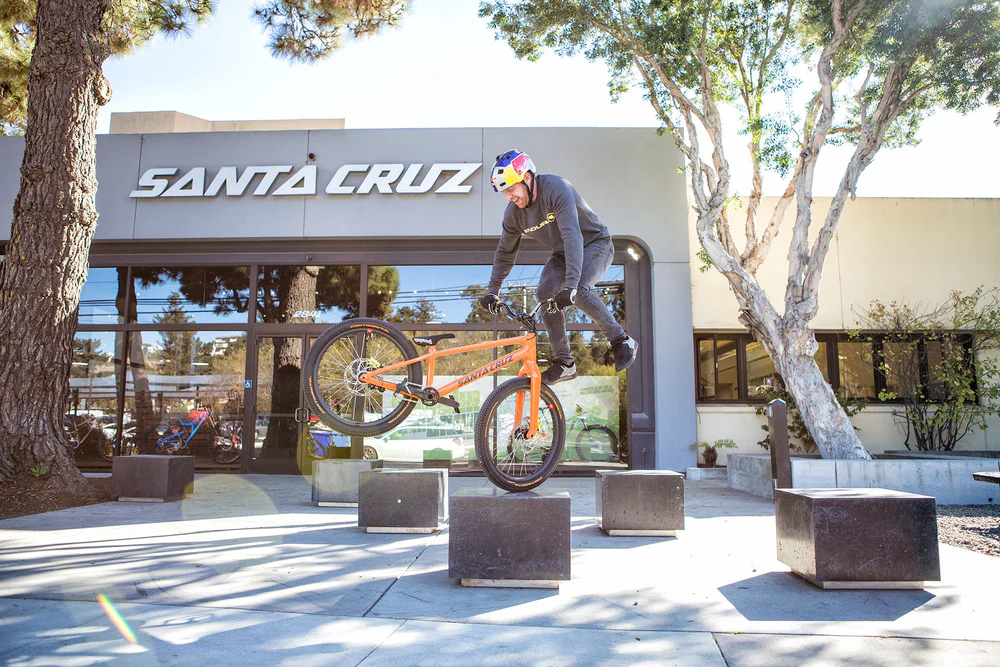

Deep dives on tech, event reports, and insights from the people within the building or on the trails.












Please select the bikes you would like to compare?
| Spec Item |
|
|---|---|
| Rahmen | |
| Material | |
| Eigenschaften | |
| Rahmen | |
| Federweg | |
| Gewicht | |
| Laufradgröße | |
| Federung | |
| Gabel | |
| Dämpfer | |
| Lenker-Hebel | |
| Antrieb | |
| Tretlager | |
| Kassette | |
| Kette | |
| Kettenführung | |
| Kurbellänge | |
| Kurbelgarnitur | |
| Umwerfer vorne | |
| Left Shifter | |
| Schaltwerk | |
| Schalthebel | |
| Schalthebel | |
| Bremsen | |
| Bremsen | |
| Bremsen vorne | |
| Bremsscheibe vorne | |
| Bremsen hinten | |
| Bremsscheibe hinten | |
| Bremsscheiben | |
| Cockpit | |
| Lenkerbreite | |
| Sattelstützenlänge | |
| Griffe | |
| Lenker | |
| Steuersatz | |
| Sattel | |
| Sattelstütze | |
| Vorbau | |
| Vorbaulänge | |
| Laufräder | |
| Felge vorne | |
| Nabe vorne | |
| Vorderreifen | |
| Felge hinten | |
| Nabe hinten | |
| Hinterreifen | |
| Ventile | |
| Felgen | |
| E-Bike | |
| Akku | |
| Motor | |
| Ladegerät | |
| Range Extender | |
| Ausstattung | |
| Innenlager-Schale | |
| Hintere Bremsaufnahme | |
| Chainguide_standard | |
| Kettenlinie | |
| Schaltauge | |
| Dämpfer-Einbauänge | |
| Gabel-Einbauhöhe | |
| Gabel-Kompatibilität | |
| Gabel-Offset | |
| Umwerfer-Aufnahme vorne | |
| Steuersatz | |
| Maximale Kettenblattgröße | |
| Max. Bremsscheibengröße | |
| Maximale Reifenfreiheit | |
| Einbaubreite vorne | |
| Einbaubreite hinten | |
| Federweg hinten | |
| Empfohlener Sag | |
| Dichtmilch | |
| Sattelklemmung | |
| Sattelstützen-Durchmesser | |
| Dämpfer-Einbaumaß vorne | |
| Dämpfer-Einbaumaß hinten | |
| Dämpfer-Einbaumaß unten | |
| Dämpfer-Einbaumaß oben | |
| Dämpferhub | |
| Federungssystem | |
| UDH kompatibel | |
| Flaschenhalteraufnahmen |